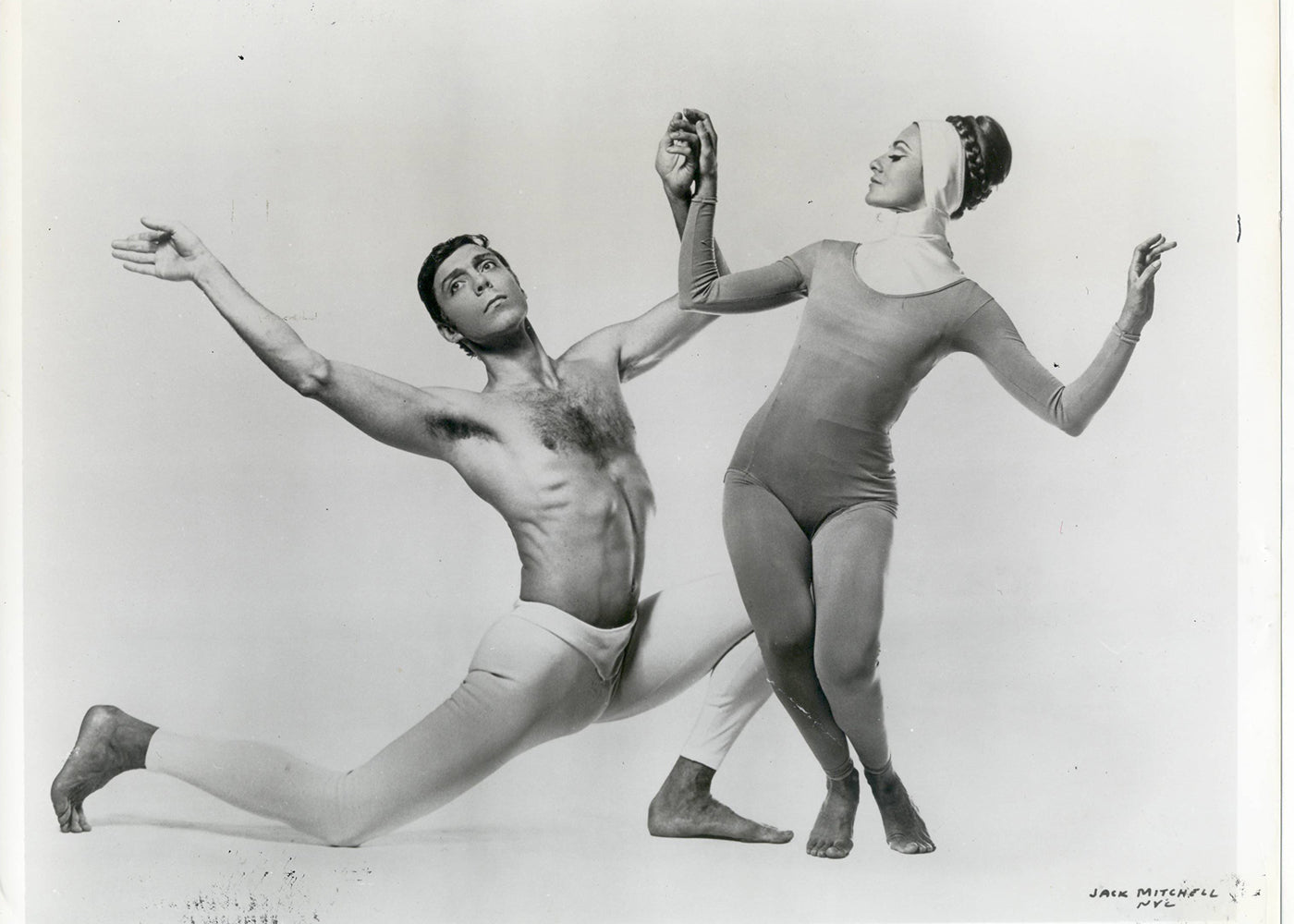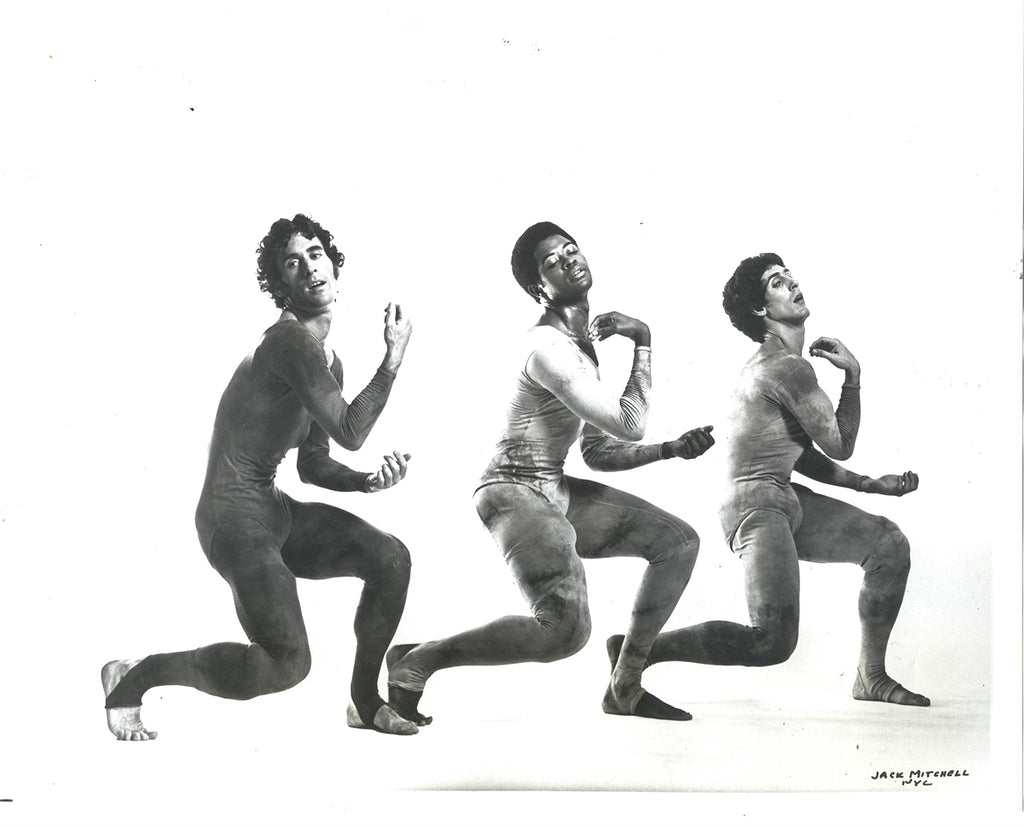Critic's Picks 2025
Throughout the year, our critics attend hundreds of dance performances, whether onsite, outdoors, or on the proscenium stage, around the world.
Continue Reading
World-class review of ballet and dance.
One of the most important questions for any director who inherits a dance company from its founding choreographer is how to keep the repertory alive. Stagnation—simply repeating the same cluster of increasingly familiar works—is not really an option. Dances die if they are performed too often just as they do if they are left on the shelf for too long. Changes creep in, obscuring the original style and intention. Also, dancers need new challenges. This is why companies have tended to commission new works from contemporary choreographers. The Paul Taylor Dance Company has done this, as have the Martha Graham Dance Company, the Trisha Brown Dance Company, Tanztheater Wuppertal, José Limón, and many others. In this way, the company keeps moving forward. The quality of the new work varies.



“Uncommonly intelligent, substantial coverage.”
Your weekly source for world-class dance reviews, interviews, articles, and more.
Already a paid subscriber? Login

Throughout the year, our critics attend hundreds of dance performances, whether onsite, outdoors, or on the proscenium stage, around the world.
Continue ReadingOn December 11th, the Alvin Ailey American Dance Theater presented two premieres and two dances that had premiered just a week prior.
Continue ReadingThe “Contrastes” evening is one of the Paris Opéra Ballet’s increasingly frequent ventures into non-classical choreographic territory.
Continue ReadingI’m in the audience of the Pit to watch Kaori Ito’s solo performance, “Robot, l'amour éternel.” It’s in the blackbox performing space at the New National Theatre Tokyo, intimate and close. The stage is an open, raised platform, gauzy white fabric covering the floor.
Continue Reading
Dear Jeannette, Neither of these dances had Labanotation scores. I’m sure the reconstructors wish they did.
Best,
Marina
Nowhere in this article is it mentioned that Paul Taylor was a huge proponent of Labanotation, a system of movement notation that accurately records and preserves choreography so that future companies may perform the works as the choreographer intended.The Dance Notation Bureau has in its files 50 scores of notated works by Taylor, which may include the ones being reconstructed.